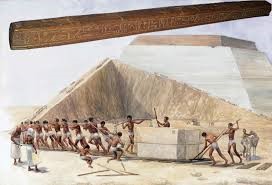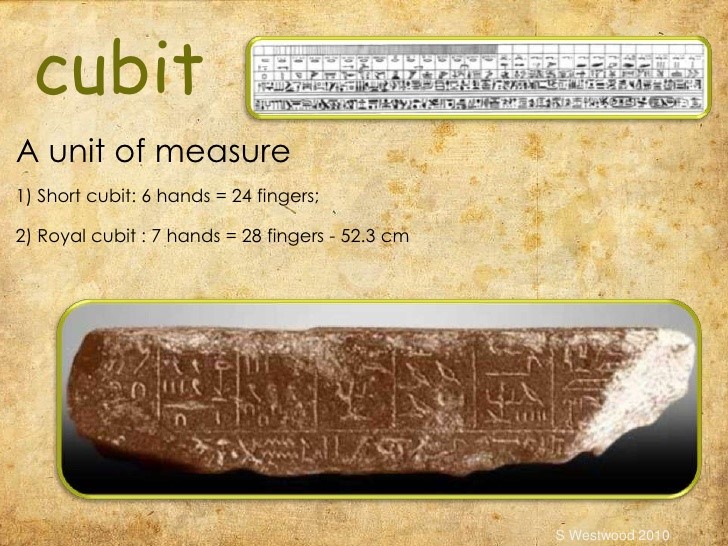ELPRO Calibration Laboratory successfully passes the Slovenian Accreditation assessment again
All users of our calibration services and other interested parties are happy to inform us that the end of May 2020 successfully passed the reassessment for accreditation by SIST EN/ISO 17025:2017 and thus confirmed the confidence of the accreditation body in our implementation of calibrations. Find out more about our laboratory at Accredited laboratory .
THE BIRTH OF CALIBRATIONS or how calibrations were born
Calibration was born in Ancient Egypt. The ancient Egyptians used to measure the use of elbows, palms and fingers. The Kubit (laket) was divided into 7 palms and palm on 4 fingers, resulting in 28 fingers for one lactet.
The Egyptians used ropes and rods to measure. The penalty for using the non-calibrated equipment was death. Well, today it’s not so bad.

The common cubit (lactet) was the length of the forearm from the elbow to the tip of the middle finger-usually approximately 45.7 cm. The “Royal” Cubit (Laket) was slightly longer: the plain cubit (laket) plus the width of the palms of the reigning pharaoh.

The primary standard of the royal Arm (primary standard) was the rod carved from the black granite block. The surviving rods are between 52.2 and 52.9 cm long. The workers were supplied copies-bars made of wood or granite. To maintain the accuracy of these, the royal architect or the leader of each construction site was responsible.

Every full moon, the bars had to be brought to the king’s Master and compared with the etalone. If they didn’t do this, they were punished by death. With this standardization and the uniformity of length have achieved incredible accuracy. The Great Pyramid of Giza is built with sides of 440 lacs (230,364 m). Using the rods, the builders were within 11.4 cm – an accuracy of better than 0.05%.
Source: Wikipedia and World Wide Web
Author Aleksandra Lepenik
July 2020
Call us:
+386 (0)2 62 96 720
Email us:
[email protected]